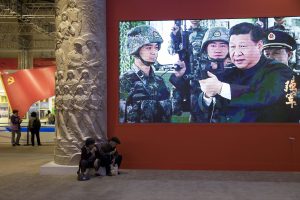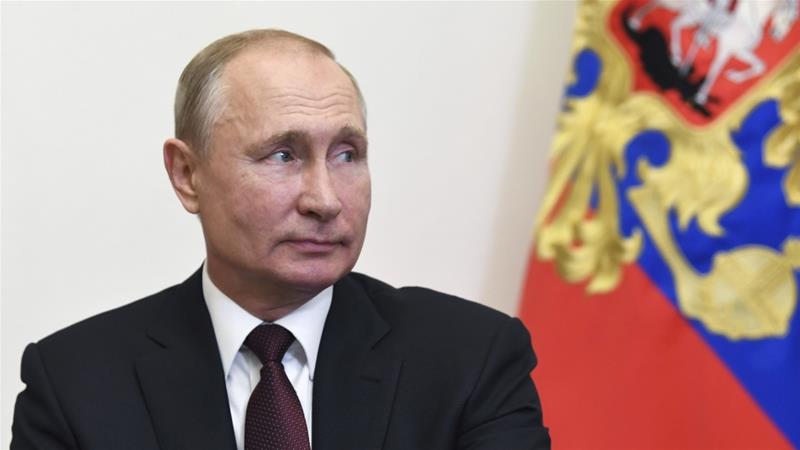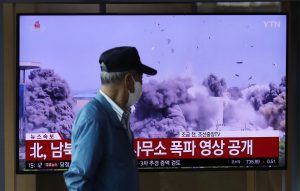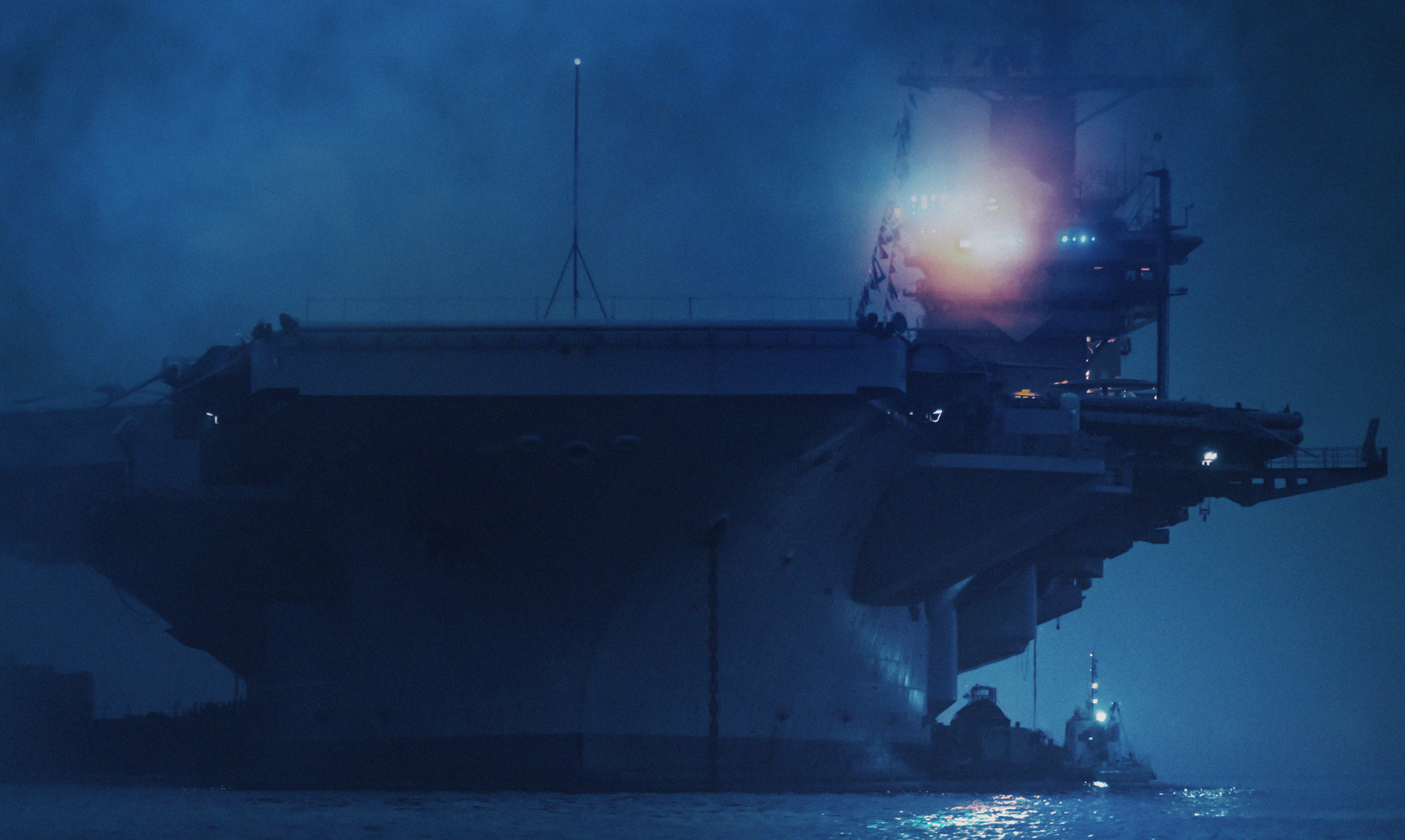Maj Gen P K Mallick, VSM (Retd), Consultant, VIF
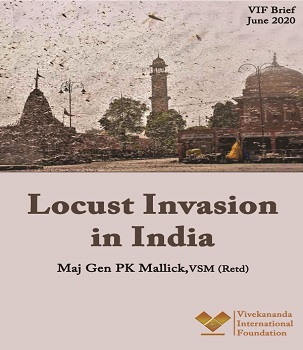 It has been a double whammy. As the nation is reeling under the effects of COVID-19 pandemic, India has to fight another menace: locust invasion. Massive swarms of desert locusts have devoured crops across seven states of western and central India including Rajasthan, Gujarat, Madhya Pradesh and Haryana, Maharashtra, Uttar Pradesh and Punjab. The locust population might grow 400 times larger by end June 2020 and spread to new areas without action. It would be disrupting food supply, upending livelihoods and require considerable resources to address. India is facing its worst desert locust invasion in nearly 30 years.
It has been a double whammy. As the nation is reeling under the effects of COVID-19 pandemic, India has to fight another menace: locust invasion. Massive swarms of desert locusts have devoured crops across seven states of western and central India including Rajasthan, Gujarat, Madhya Pradesh and Haryana, Maharashtra, Uttar Pradesh and Punjab. The locust population might grow 400 times larger by end June 2020 and spread to new areas without action. It would be disrupting food supply, upending livelihoods and require considerable resources to address. India is facing its worst desert locust invasion in nearly 30 years.


